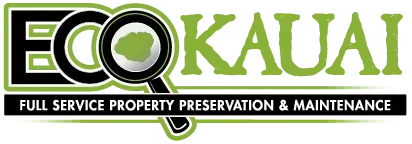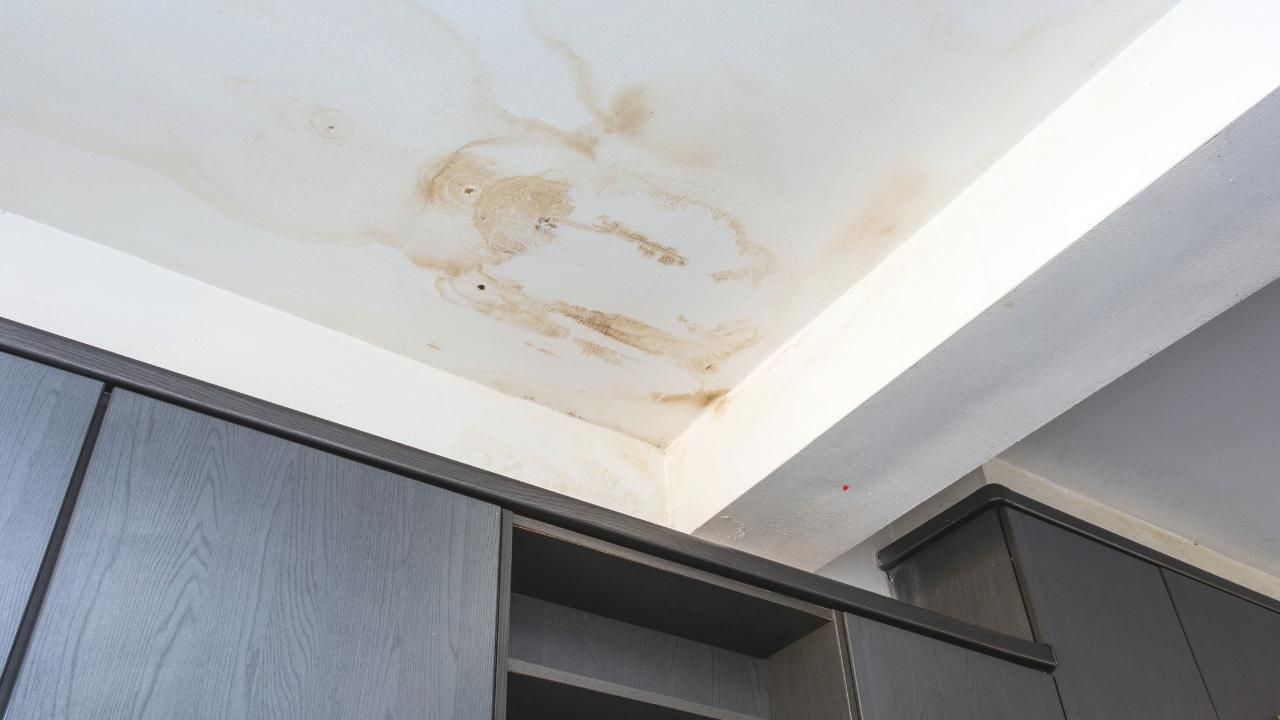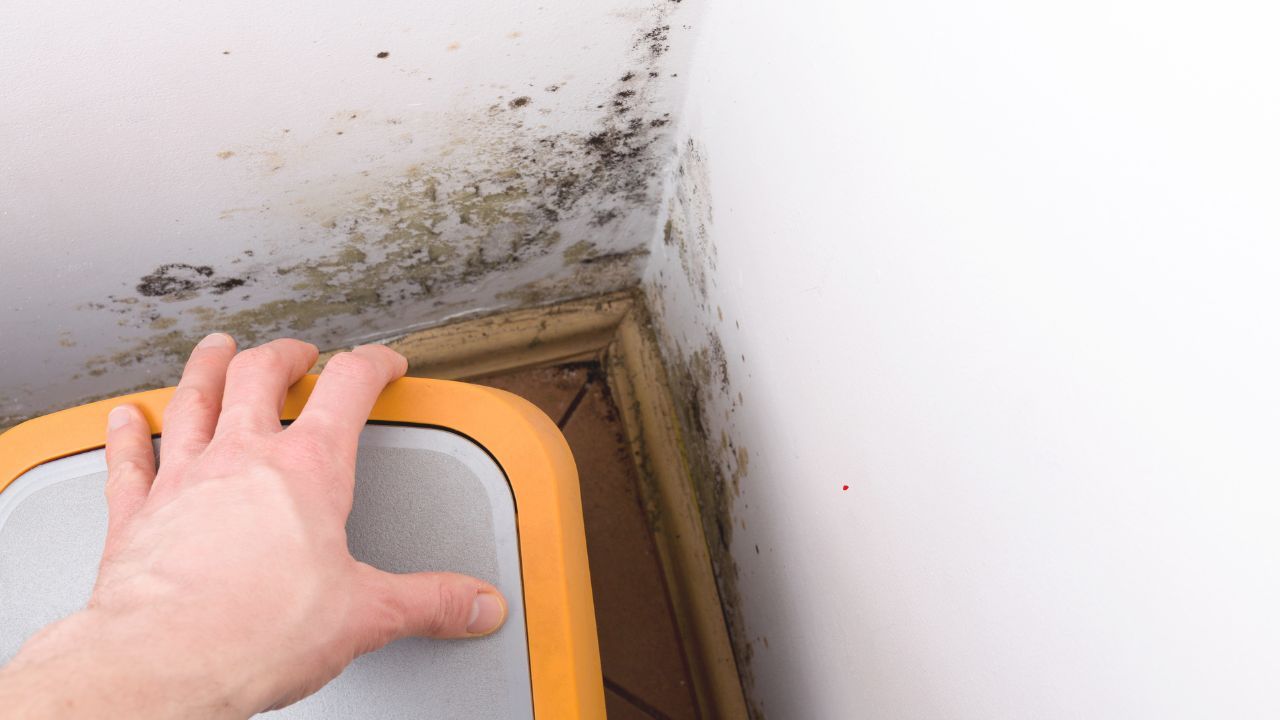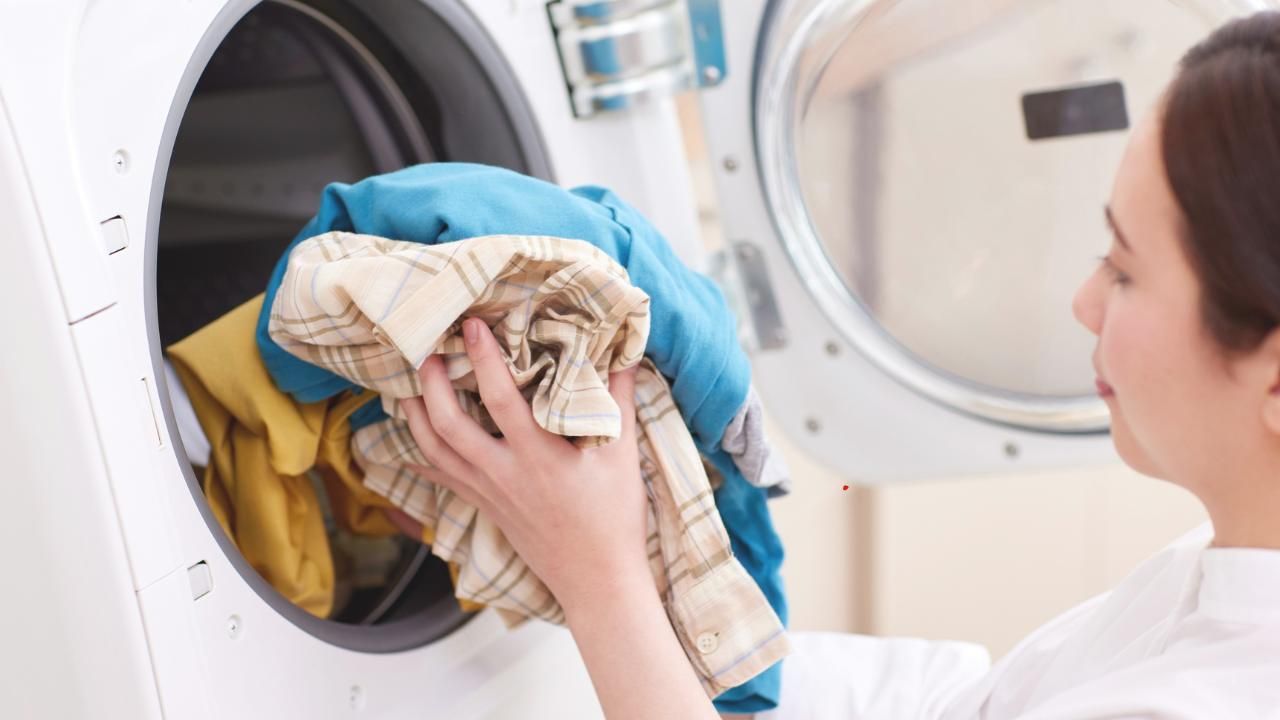Recognizing the Signs of Mold Infestation in Hawaii
When to Call for Professional Help
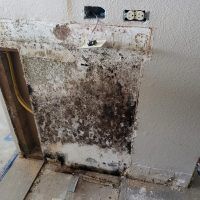
Hawaii's breathtaking landscapes, warm climate, and tropical ambiance make it an ideal destination for many. However, the same environmental factors that attract people to this paradise also create conditions conducive to mold growth. ECO Kauai Services recognizes that mold, a type of fungus, thrives in humid environments and can become a serious problem for homeowners if left unchecked. Recognizing the signs of mold infestation is crucial, as timely action can prevent extensive damage and potential health issues.
Understanding the Conditions for Mold Growth
Hawaii's warm and humid climate provides the perfect breeding ground for mold. With an average annual humidity level ranging between 60% to 90%, the islands are susceptible to moisture accumulation. Mold spores, which are present everywhere, can settle and proliferate when they encounter moisture and organic material such as wood, paper, or fabric. The combination of these factors creates an environment in which mold can grow rapidly and spread. Here are the common signs of mold infestation:
Musty Odor
One of the earliest indicators of mold presence is a musty, earthy smell. If you notice a lingering, unpleasant odor that doesn't go away with regular cleaning, it could be a sign of hidden mold growth.
Visible Mold Growth
Obvious patches of mold on walls, ceilings, or other surfaces are clear signs of an infestation. Mold can appear in various colors, including black, green, white, or even orange.
Water Stains and Discoloration
Water stains or discoloration on walls, ceilings, or floors could indicate a moisture problem and potential mold growth behind the surface.
Allergic Reactions
Individuals with mold allergies may experience symptoms like sneezing, coughing, itchy eyes, and skin rashes when exposed to mold spores. If these symptoms are more pronounced within your home and improve when you're away, mold might be the culprit.
Respiratory Issues
Mold spores can exacerbate respiratory problems such as asthma or bronchitis. If you or your family members experience worsening respiratory symptoms while at home, mold could be a contributing factor.
Warping or Buckling
Mold can cause structural damage to surfaces it grows on. Warping, buckling, or deterioration of materials like wood or drywall may be signs of mold-related damage.
Excessive Condensation
Condensation on windows or other surfaces can indicate high humidity levels, which contribute to mold growth.
Why Professional Help is Essential
While some minor mold issues can be addressed with proper cleaning and maintenance, extensive mold infestations require professional intervention. Mold removal involves specific procedures to ensure thorough eradication and prevent re-infestation. Here's why calling for professional help is crucial:
Expertise
Mold remediation professionals are trained to identify different types of mold, assess the extent of infestation, and implement effective removal strategies.
Safety
Handling mold without proper equipment and precautions can expose you to health risks. Professionals use protective gear and follow safety protocols to minimize exposure.
Preventing Spread
Disturbing mold during cleaning can cause spores to spread and worsen the infestation. Professionals use containment methods to prevent cross-contamination.
Thorough Removal
Professional mold remediation ensures complete removal, addressing both visible mold and hidden growth behind walls or in other concealed areas.
Prevention
Mold experts not only remove mold but also identify the underlying causes of moisture buildup and provide recommendations to prevent future infestations.
Hawaii's unique climate, while beautiful, presents challenges for homeowners, especially when it comes to mold. Understanding the conditions that promote mold growth and recognizing the signs of an infestation are crucial steps in maintaining a healthy living environment. For serious mold problems, professional intervention is essential to ensure safety, thorough removal, and long-term prevention. By staying vigilant and seeking expert help when needed, homeowners can protect their properties and health from the adverse effects of mold. Contact us for more information or assistance with mold remediation.
